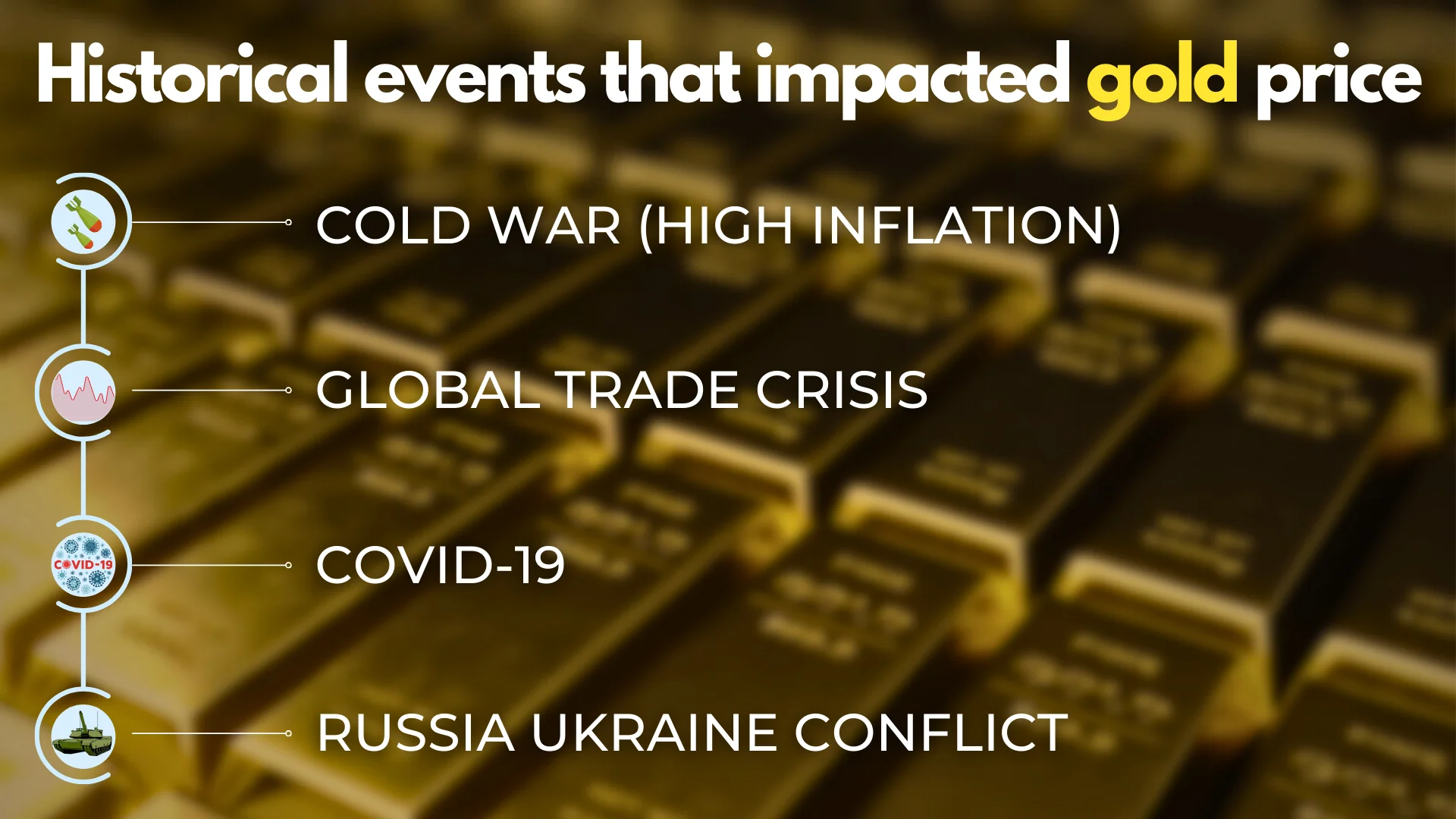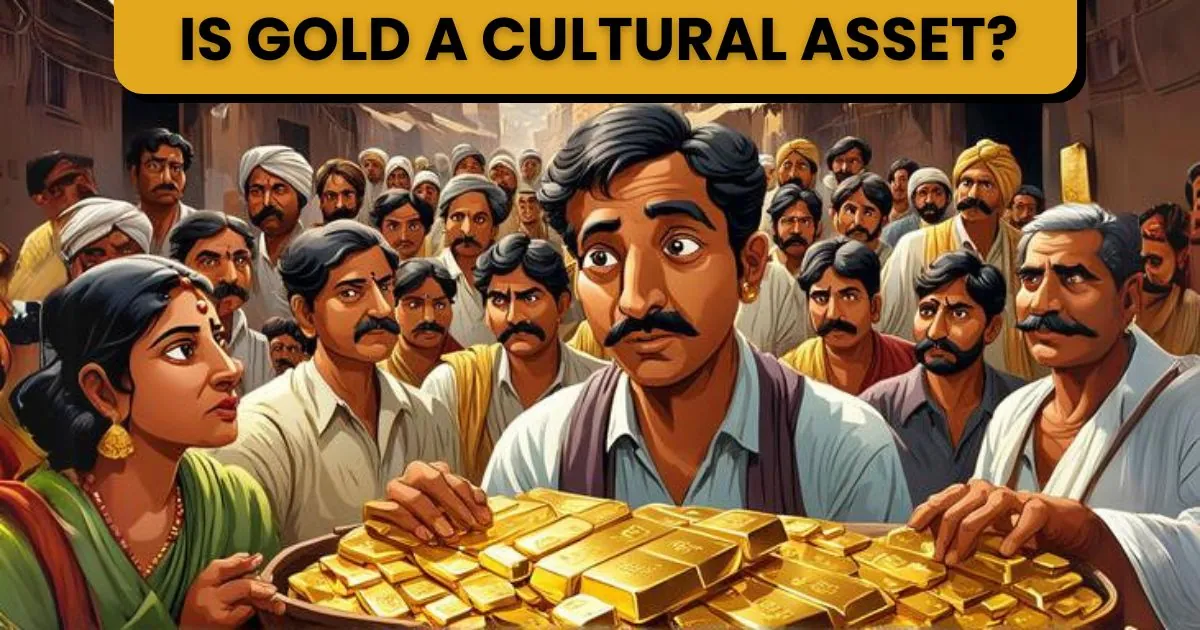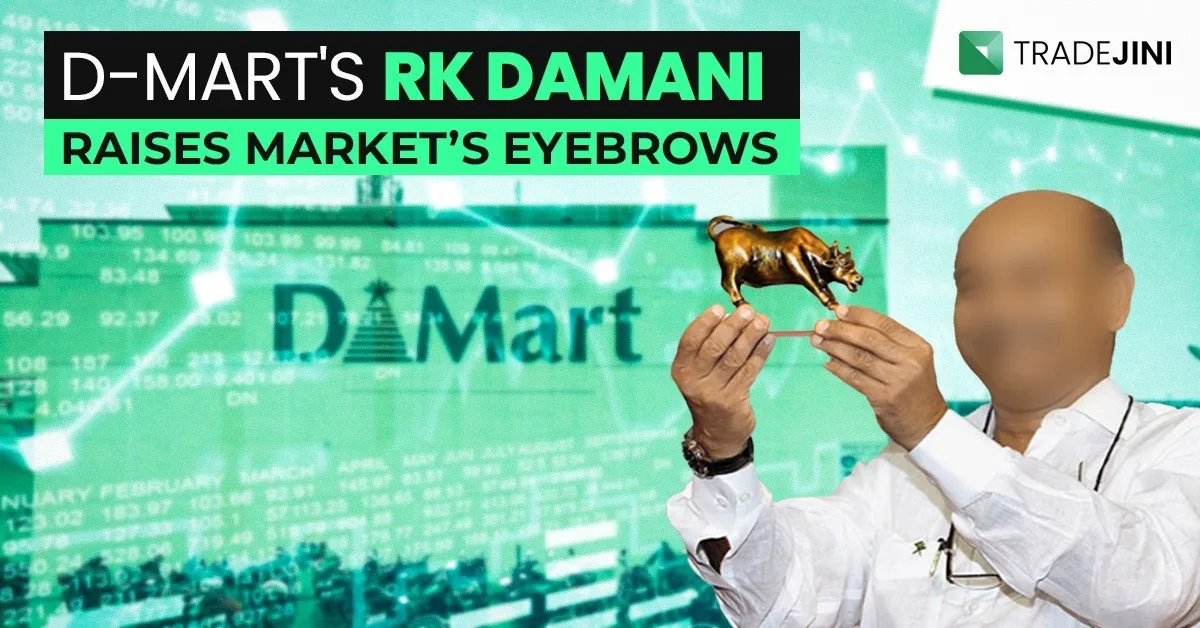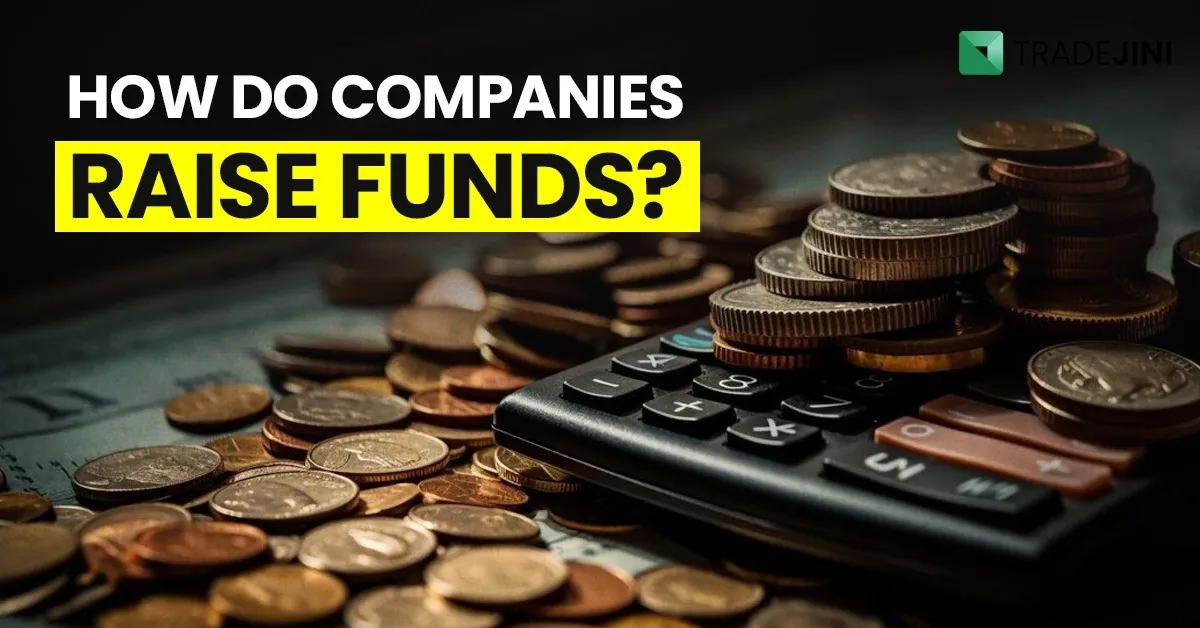‘Asli hai asli... pachaas tola, pachaas tola’, is not just a famous Bollywood dialogue but a reality that Indians have adopted. Indians love gold.
Gold has captivated them for centuries. Its beauty transcends cultures, holding a special place in every functions and traditions. From grand weddings adorned with kilos of gold jewellery to everyday women cherishing their treasured pieces, Indians have a deep connection to the yellow metal.
Despite economic limitations, many Indians prioritise owning gold, cherishing it as a prized possession. Even though many Indians don't have much money, they still manage to buy it and treasure it. This deep cultural connection positions India as a powerhouse in the global gold market.
COVID 19 and gold
The COVID-19 pandemic saw a surge in gold investment, particularly in vulnerable districts. People sought the security of gold during a time of economic uncertainty.
INTRESTING FACT: Human body with 5 litres of Blood contain 0.2 milligrams of gold
India’s love for gold
As per a study, at least two to three kilograms of gold are typically present at Indian weddings. Brides are decked out in gold, and both the hosts and the guests wear gold jewellery to mark their social status. This explains why Indian women have such a strong affinity for the yellow metal.
Roughly thirty-three percent of the world's gold is imported by India. The quantity of gold purchased for weddings is startlingly large, even before accounting for the gold purchased as investments or commodities for trading. This emphasizes even more how important the Indian domestic market is in setting the price of gold on a worldwide scale.
Decoding the gold rally
From the perspective of a gold investor, it is critical to discern whether a perceived upward movement is simply a rally during a bear market (considering a more significant decline as a bear market) or a sign that a bear market is ending and a bull market is about to begin.
Beyond the glitter, factors affecting gold prices
- Bank policies: Rules and regulations drafted by banks are one major factor that affects the pricing of gold. Lower rates make gold more attractive, while higher rates decrease demand.
- Inflation: Gold serves as a hedge against inflation, with its price responding to changes in inflation rates. Generally, gold's worth increases as living expenses rise. As inflation climbs, currency value decreases, prompting individuals to opt for gold as a store of wealth.
- Currency strength: Fluctuations in the US dollar significantly impact gold prices in India. A weaker dollar translates to higher rupee prices for gold.
- Geopolitical tensions: Situations like wars, which typically have adverse effects on the prices of many asset classes, actually bolster gold prices.
- Supply and demand: Demand and supply play a crucial role, if not the primary one, in setting the price of any commodity, including gold. The limited supply of gold, coupled with rising demand, inevitably drives prices up.
- Market sentiment: Festive seasons in India, with their surge in gold jewellery purchases, can also influence prices.
INTERESTING FACT: There is actual gold in your phone, used because of its excellent conductivity and resistance to corrosion.
Gold throughout history
(Source: Forbes)
| Year | Annual Growth Rate in India (Approx. to INR/10 gm) | Year | Annual Growth Rate in India (Approx. to INR/10 gm) |
| 2024 (April) | 71,414 | 2012 | 30,859 |
| 2023 | 63,203 | 2011 | 27,329 |
| 2022 | 55,017 | 2010 | 20,728 |
| 2021 | 48,099 | 2009 | 16,686 |
| 2020 | 50,151 | 2008 | 13,630 |
| 2019 | 39,108 | 2007 | 10,598 |
| 2018 | 31,391 | 2006 | 9,265 |
| 2017 | 29,156 | 2005 | 7,638 |
| 2016 | 27,445 | 2004 | 6,307 |
| 2015 | 24,931 | 2003 | 5,600 |
| 2014 | 26,703 | 2002 | 4,990 |
| 2013 | 28,422 | 2001 | 4,300 |
| - | - | 2000 | 4,400 |
The global landscape of gold
The global demand for gold is not just being driven by India's wedding customs; Turkey and Vietnam have also seen sharp increases in gold demand.
A country's ability to maintain its economic stability depends on its gold reserves, which act as a stable store of value, particularly in times of financial instability.
During the late 1800s and much of the 1900s, the gold standard was widely practiced globally. Under this system, countries linked the value of their paper currency to gold by setting a fixed exchange rate between their currency and a specific quantity of gold. People could convert their paper money into actual gold at this predetermined rate because each unit of currency that was issued was essentially backed by a corresponding value in gold.
INTERESTING FACT: Pure gold is slightly reddish yellow in colour, but there are also colored gold which come in a different colours by alloying it with different elements.
Ranking Gold Giants
Gold is esteemed for its reliability as a store of value, particularly during economic uncertainty. Some nations view gold reserves as a means to bolster confidence in their economic stability. While the gold standard is less prevalent today, gold still contributes to currency stability in certain countries.
Furthermore, gold helps national portfolios diversify and reduce the risks associated with asset value fluctuations. Furthermore, gold reserves play a role in international trade and finance, being used to settle trade imbalances and enhance a country's creditworthiness.
‘Sona kaha hai?’ A Global Ranking
(Source: Forbes)
Major historical events that impacted gold prices

COVID-19: The pandemic led to widespread economic uncertainty and market volatility. Investors dove into assets like gold to hedge against the economic fallout and stock market declines. This surge in demand drove gold prices to record highs in 2020, surpassing ₹59,286 for 10 grams.
Russia-Ukraine Conflict: Geopolitical tensions during the Russia-Ukraine conflict drove investors towards safe-haven assets. Gold prices experienced upward pressure due to increased geopolitical uncertainty and risk aversion.
Inflationary Pressures: Historical periods of high inflation, such as the 1970s, witnessed significant increases in the price of gold. Investors viewed gold as a hedge against inflation, seeking to preserve their wealth amid rising prices.
Global Financial Crisis: The 2008 financial crisis triggered investors to flock to assets perceived as safe havens, including gold, leading to price increases.
Trade Wars and Tariffs: Trade tensions between major economies, such as the US and China, impact global economic growth and investor sentiment. Uncertainty surrounding trade negotiations and tariff impositions drove investors towards safe-haven assets like gold, resulting in price increases.
What’s the golden future?
For centuries, gold has held a special place in Indian hearts. It's more than just a beautiful metal; it's woven into the fabric of culture and tradition.
While short-term forecasts predict a rise in gold prices, long-term outlooks raise questions about the role of safe-haven assets in a constantly evolving financial landscape. Regardless, gold's ability to hedge against inflation and diversify investment portfolios secures its place as a coveted asset in the global market. Understanding the factors influencing gold prices empowers investors to navigate its complexities and make informed decisions.
‘So, will gold continue to shine brightly? Only time will tell, but one thing is for sure - the allure of the yellow metal remains undeniable’.
(Disclaimer: This article provides information on gold for educational purposes only. It's not financial advice, nor does it endorse gold or motivate buying it. Do your own research before making any investment decisions)



